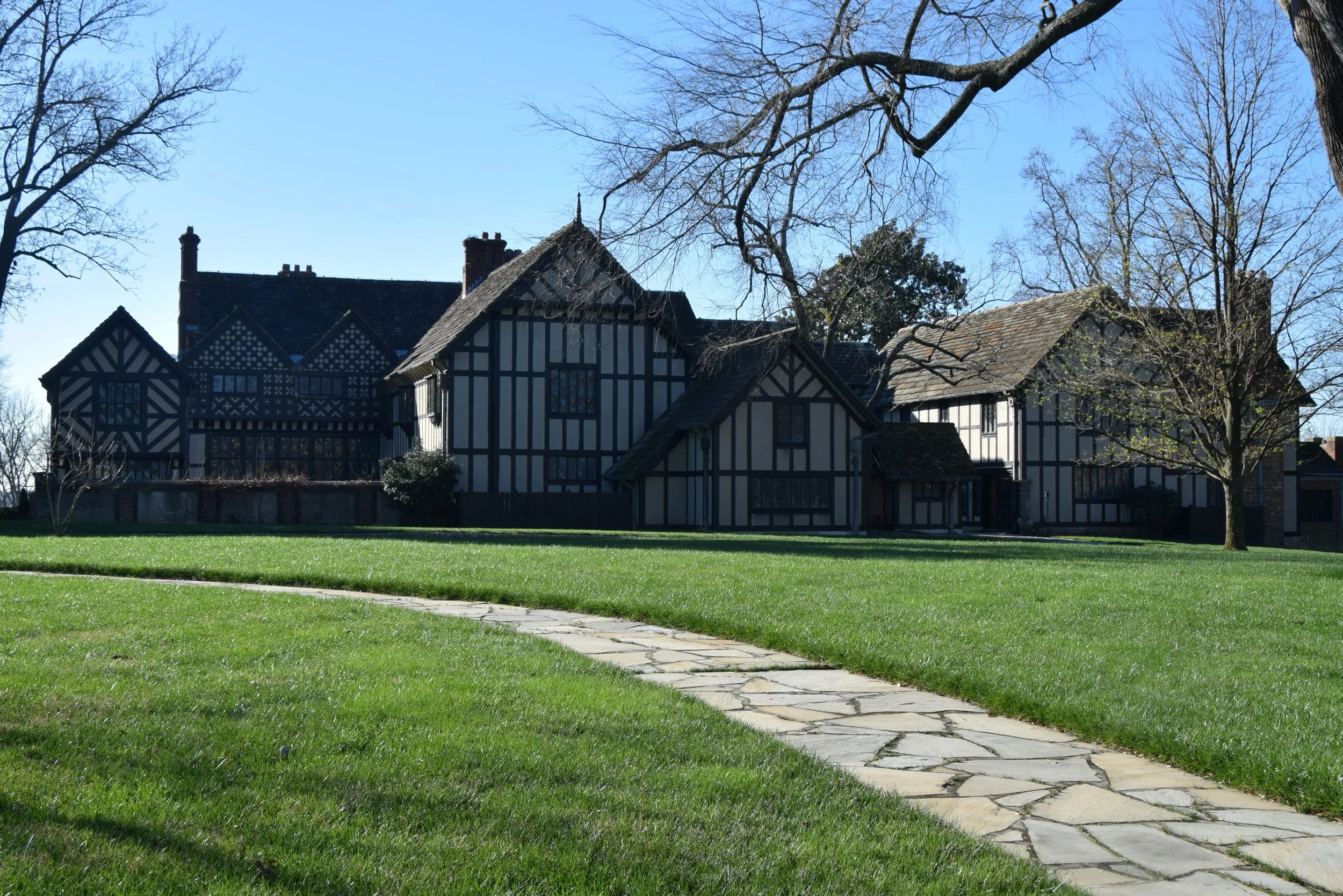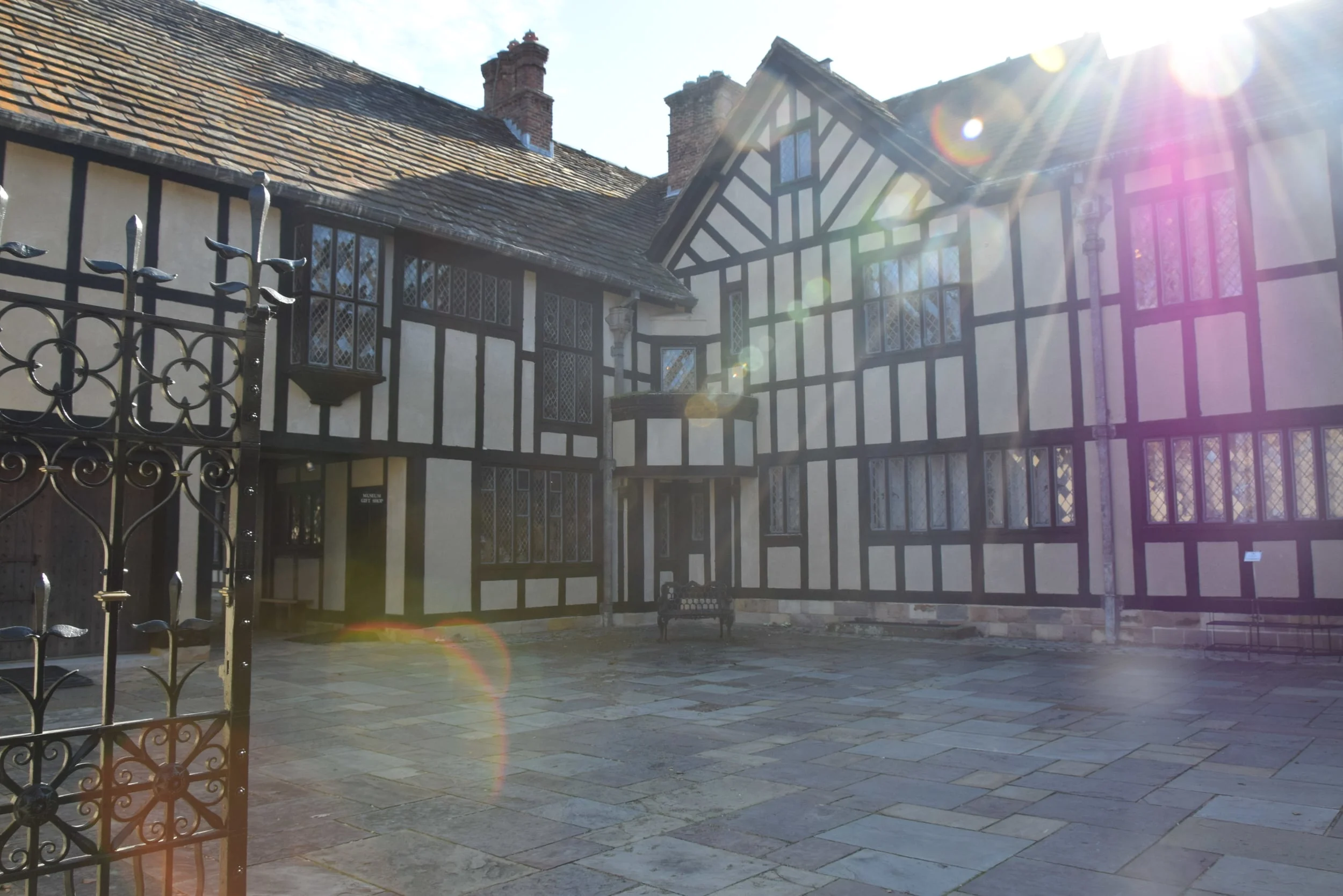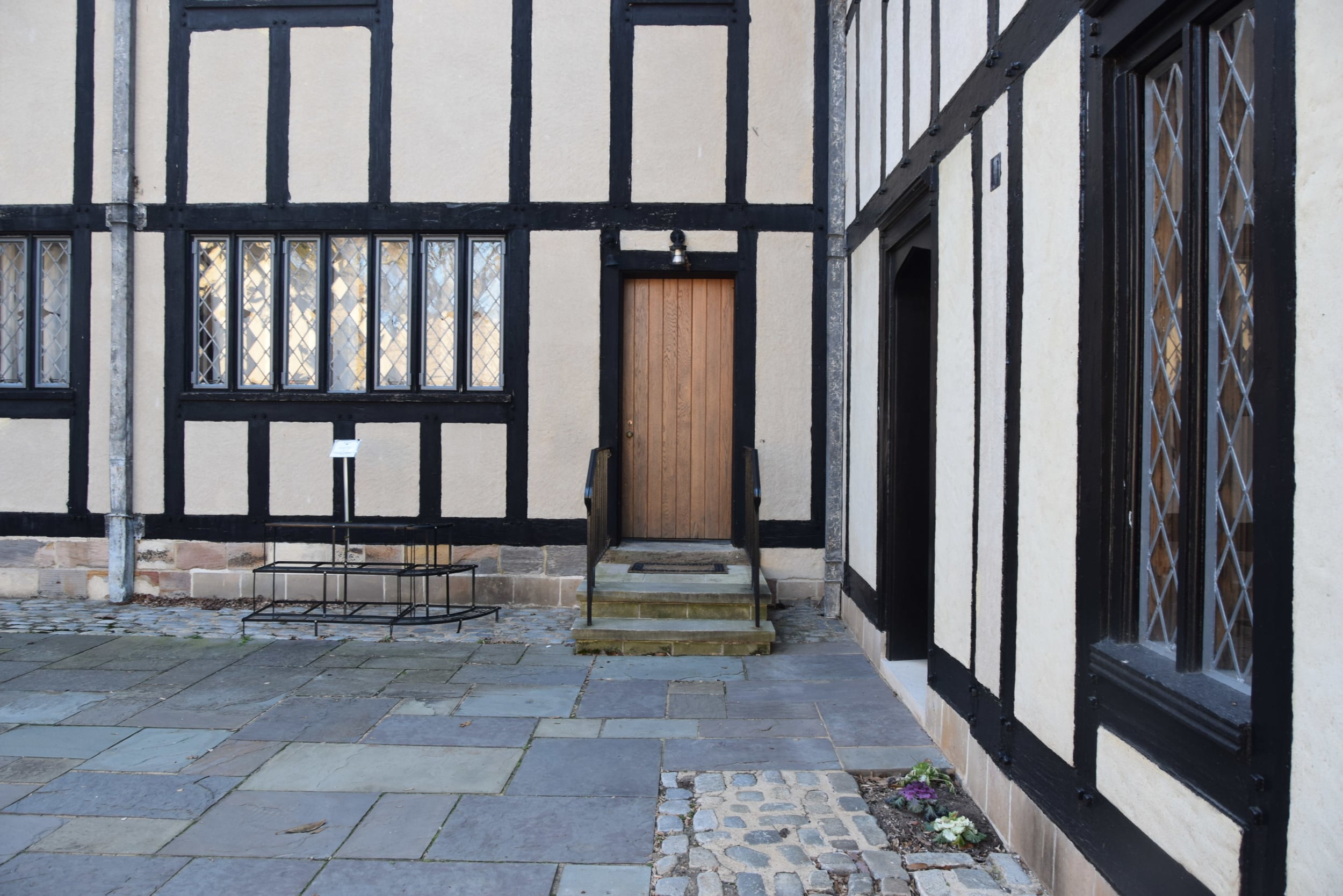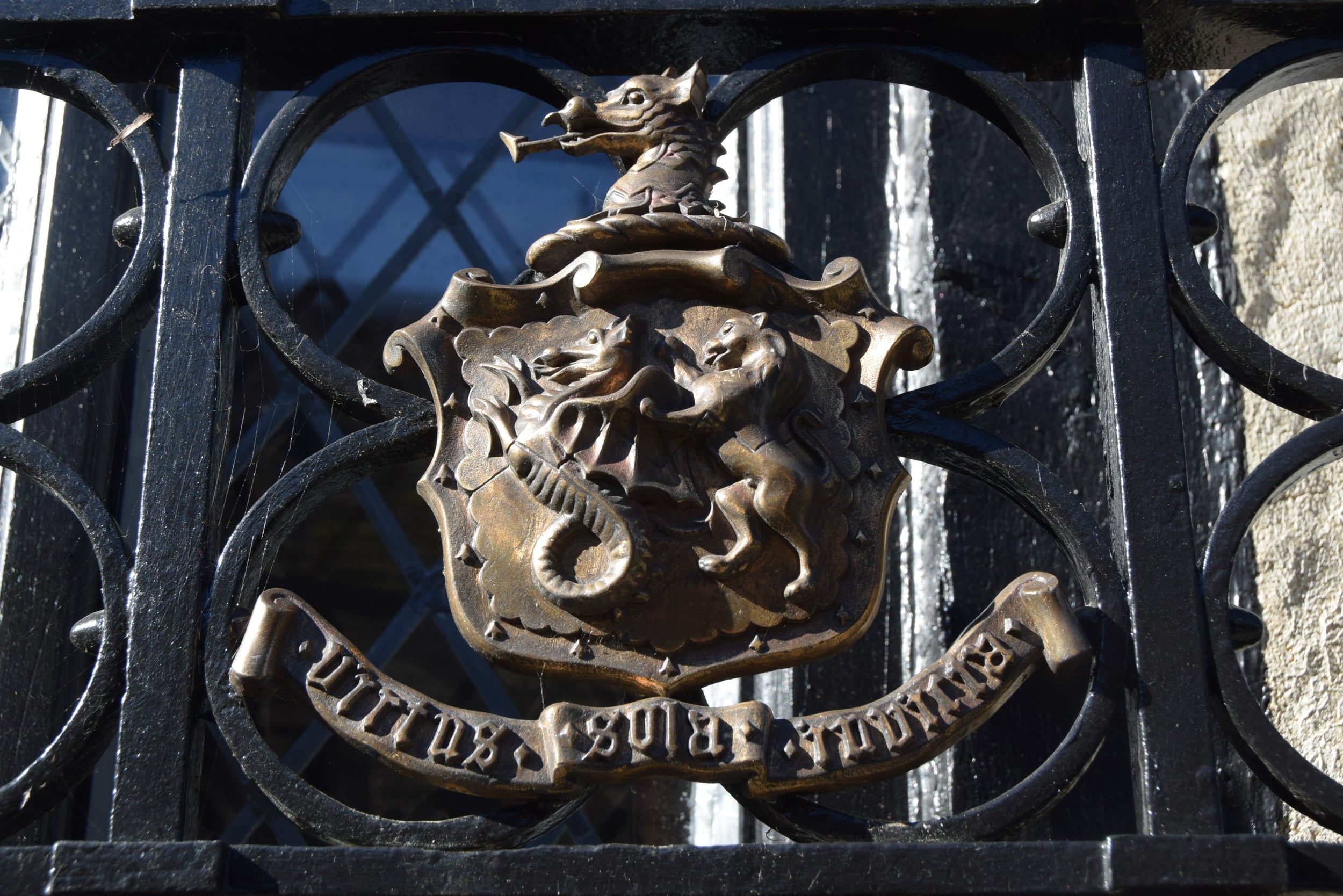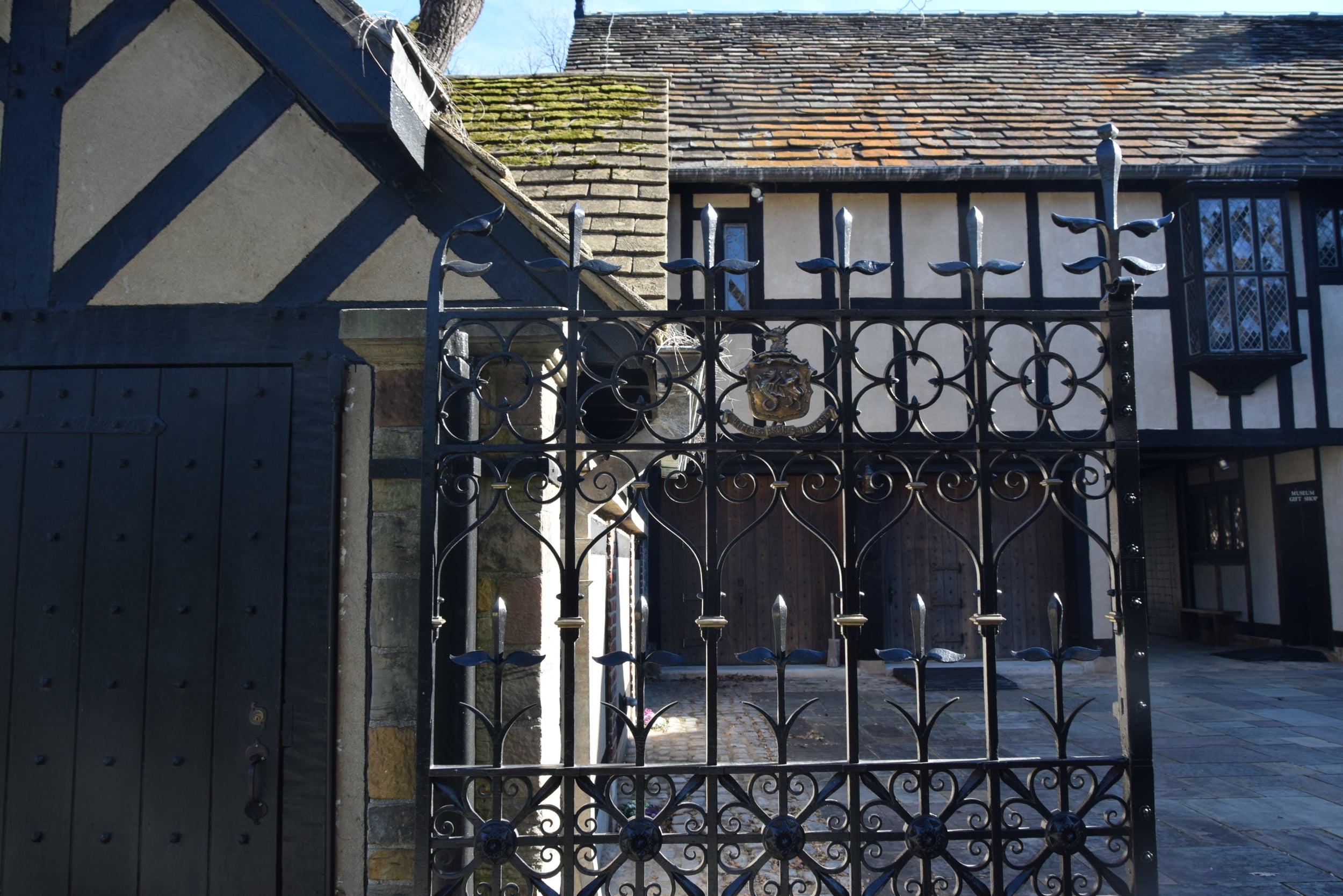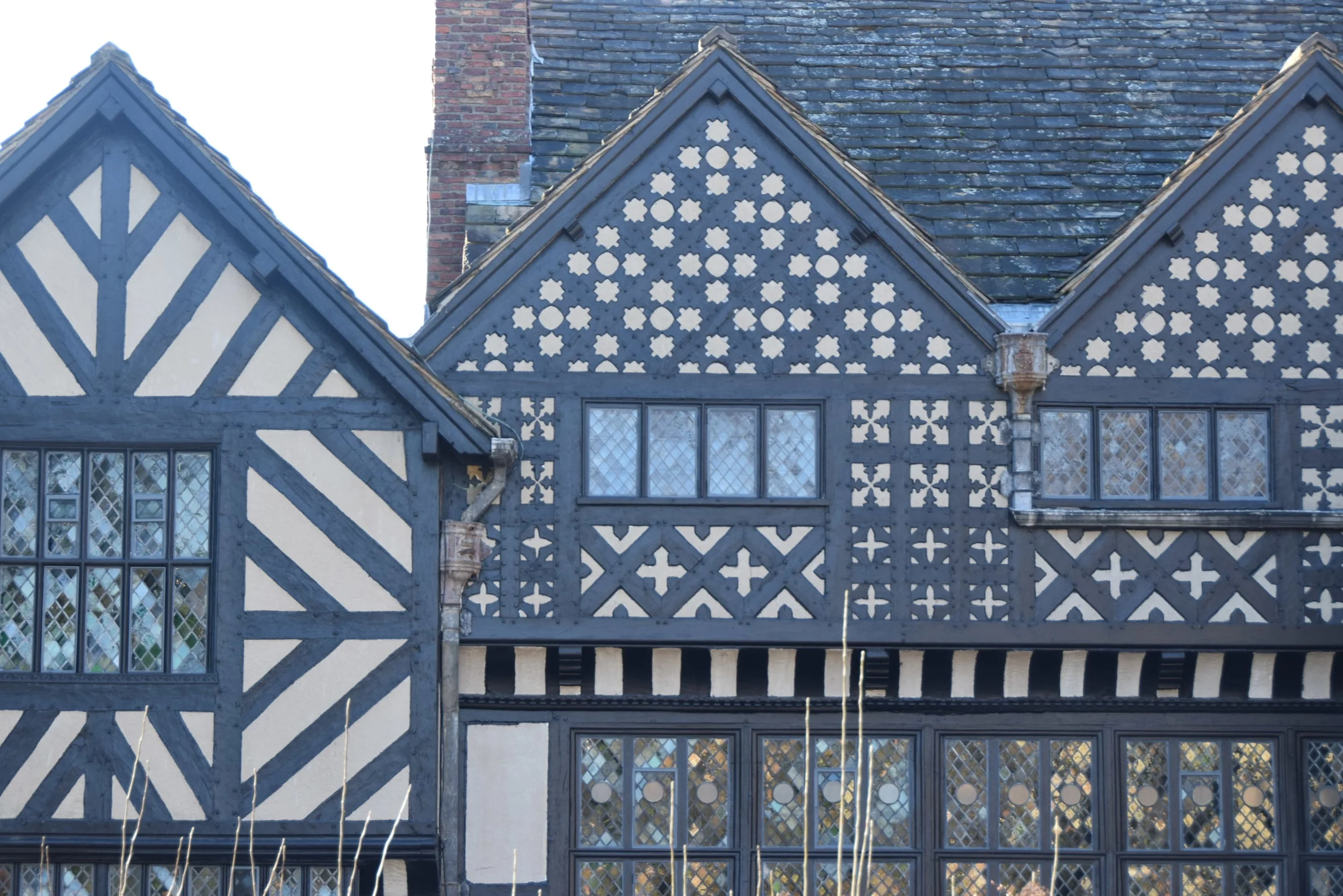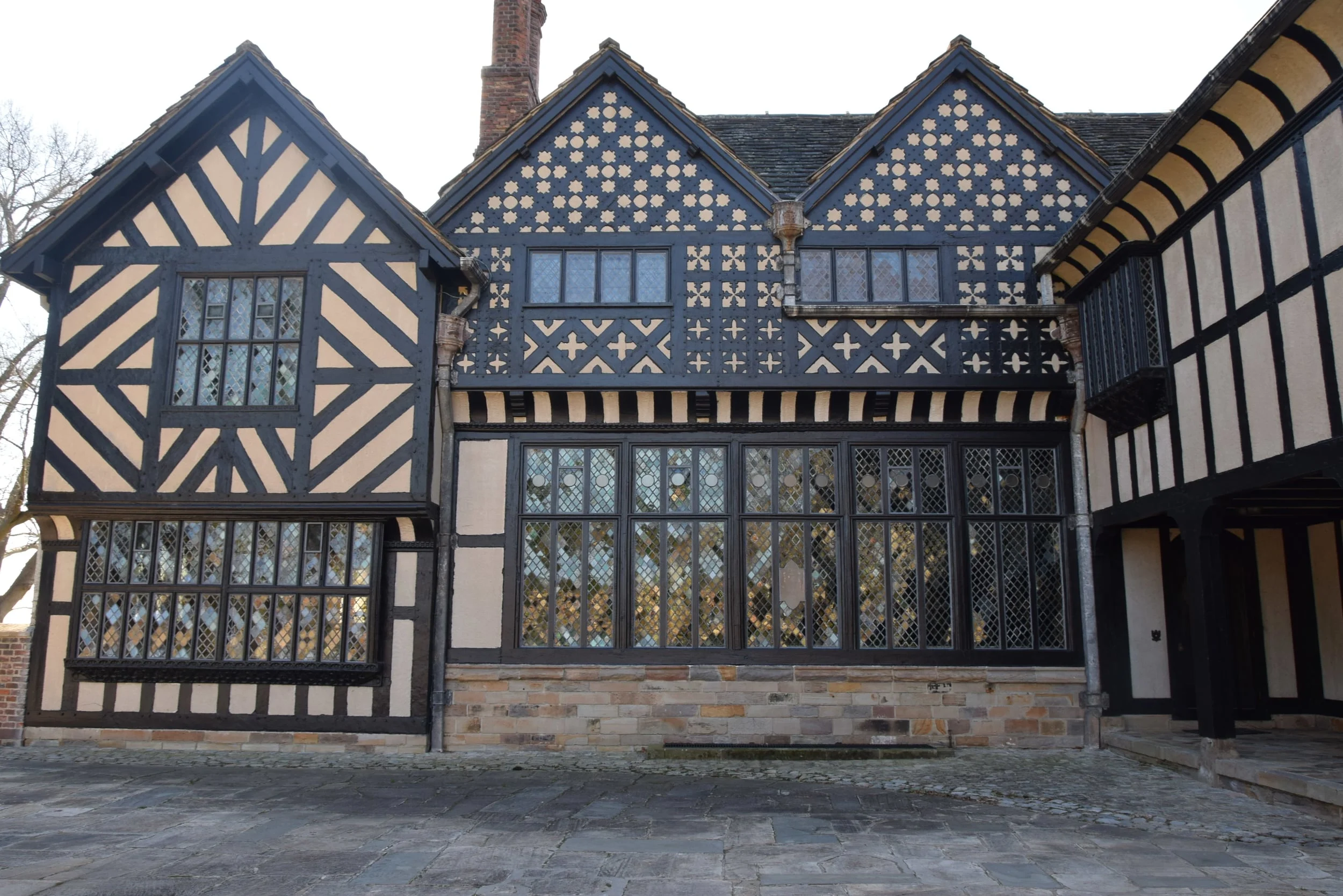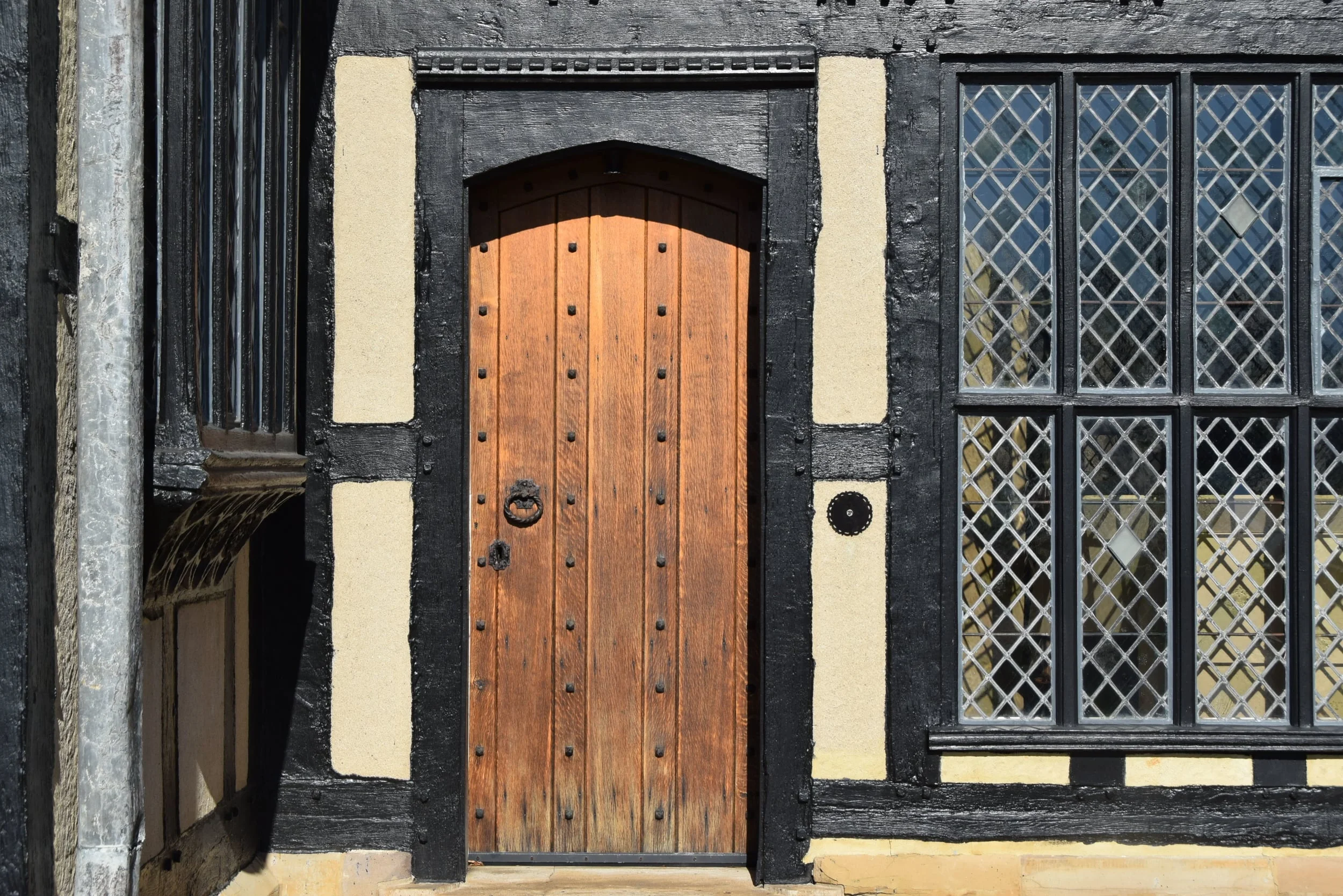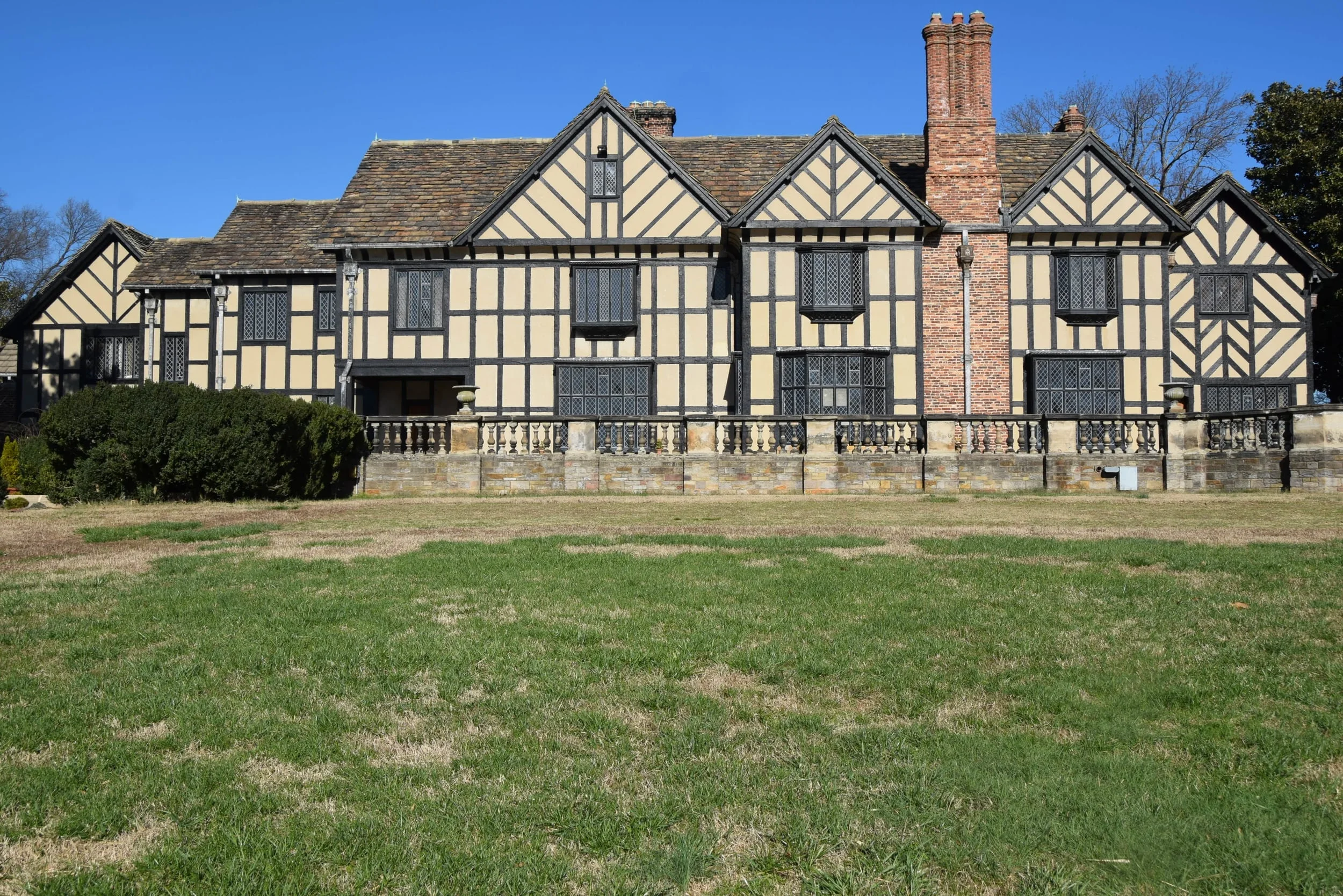Agecroft Hall was my first stop in Richmond.
I do a LOT of house tours. It took awhile, but I've passed the newly convert stage where I have to see every single house available, and have become more discriminatory. I’ve figured out the time period that I enjoy most, roughly plantation houses of the one percent and the Gilded Age, 1890-1920 or so.
Agecroft Hall falls way outside the parameters. It’s an 500 year old English Tudor mansion that originally resided in Lancashire, England. So how did it in end up in Virginia? That’s what I was there to find out.
The short version: the Langley and Dauntesey families lived in the house from the 1500s to the 1920s or so. The house was old, outdated and attempts to repair it had made the structure worse because of its age. Also, there was a fire. It just wasn’t worth the fuss anymore. So they abandoned the house.
Thomas C. Williams, Jr. of Richmond, an entrepreneur who dabbled in tobacco, banking, and shipping, decides to buy Agecroft and move it to America. He had to petition Parliament for permission to take the house to the U.S. .William Churchill got involved. It was a big deal. Parliament said, “yes”, obviously. So Williams had workers take the house apart, box it up and ship it across the pond
Here’s where things get tricky: the house gets here, and the architect either can’t figure out how to construct it, there are pieces missing, there are broken pieces, or because the house is 400 and change years old, there are pieces that aren’t structurally sound to be used on the new house. It takes two years and $250k to get the house back together, and the end result is one-third the size of the original home.
But at least the grounds are pretty (even in winter).
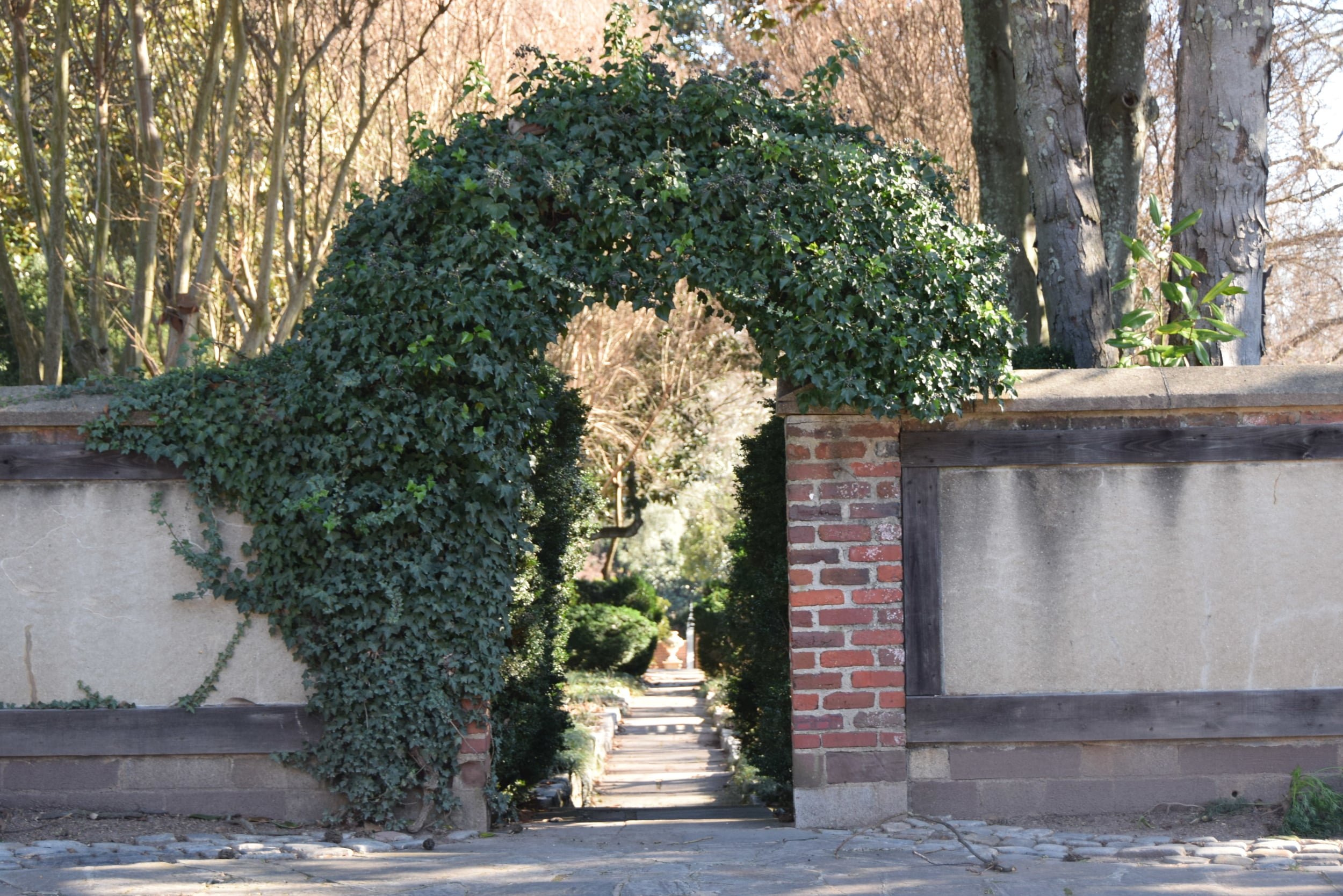
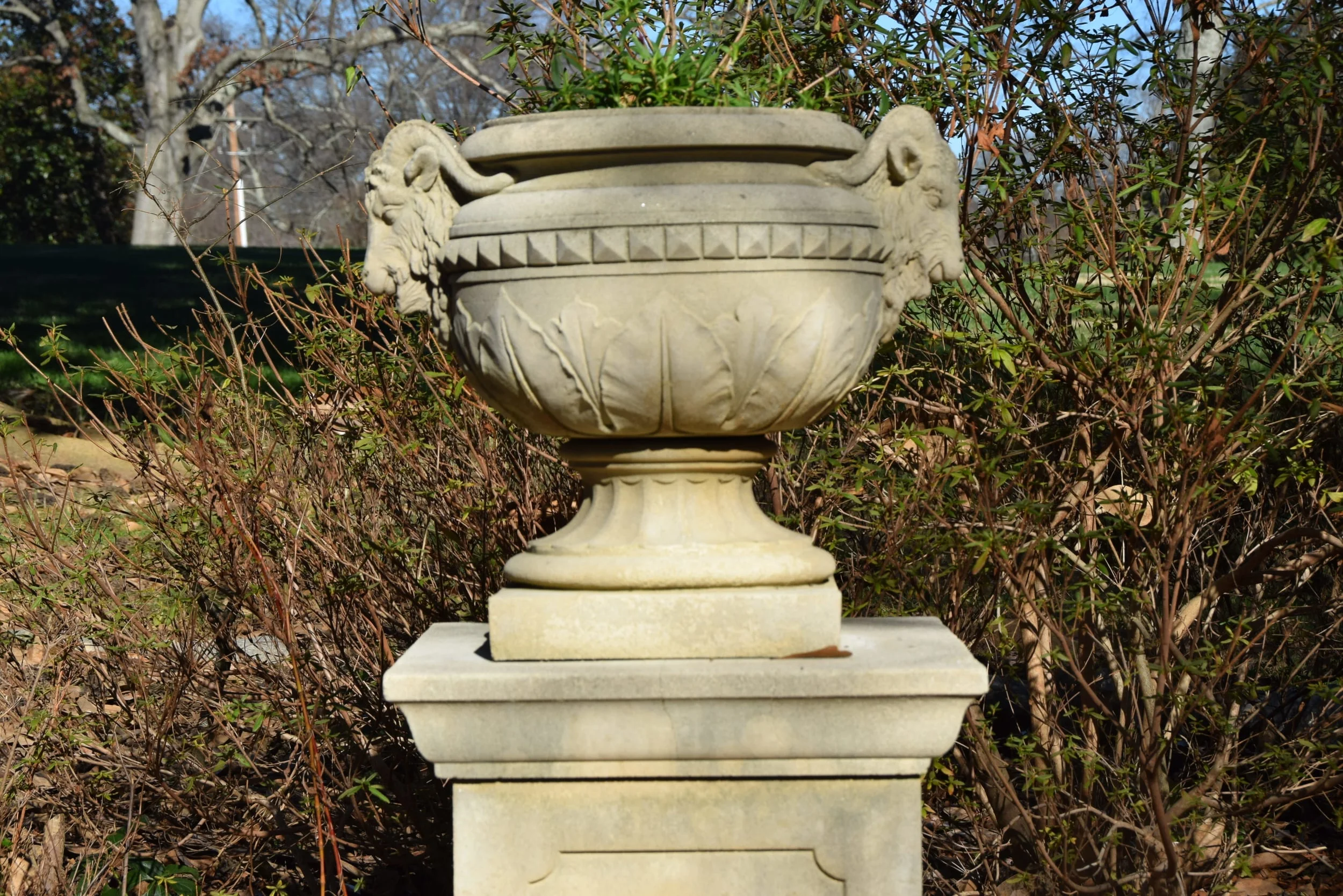
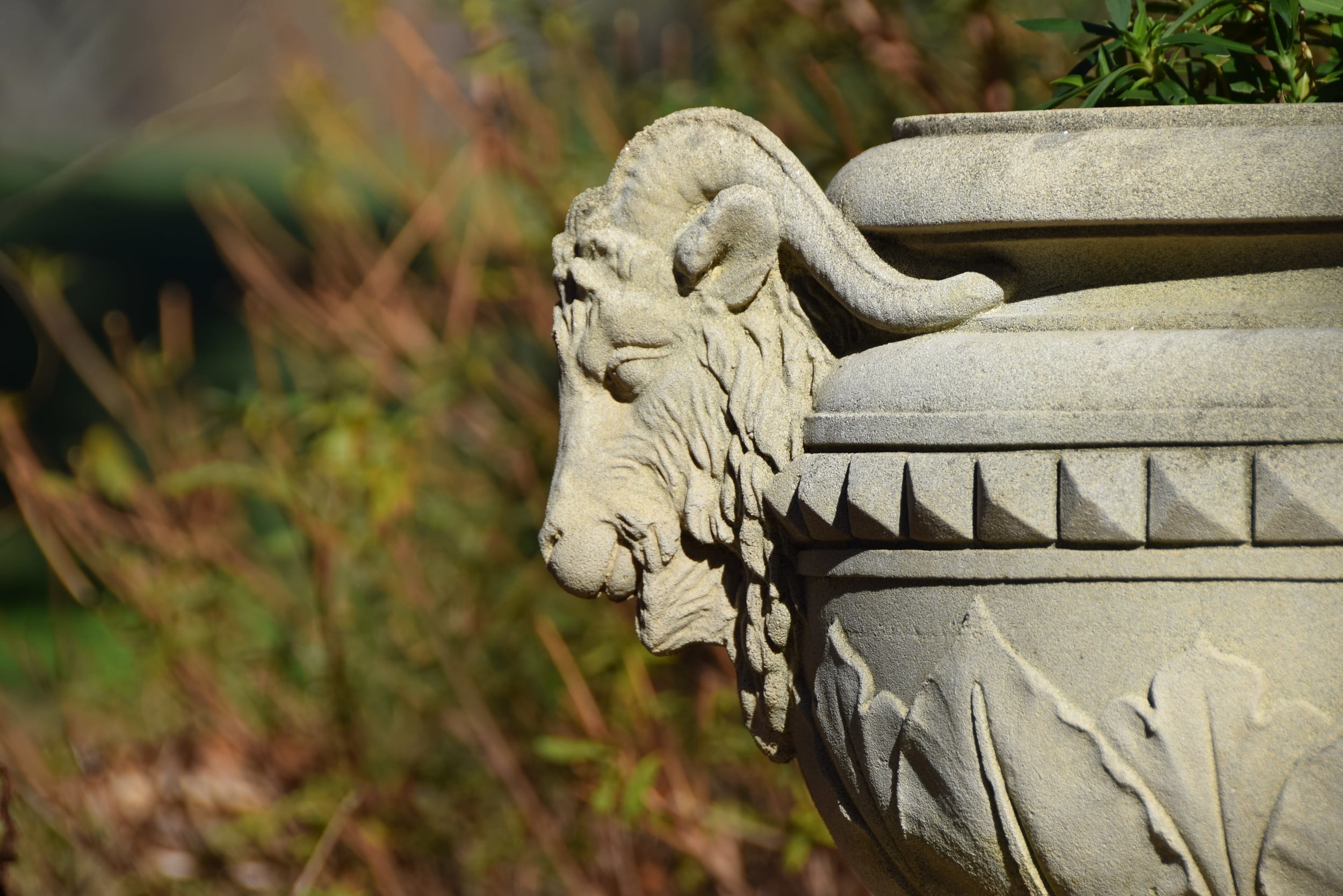
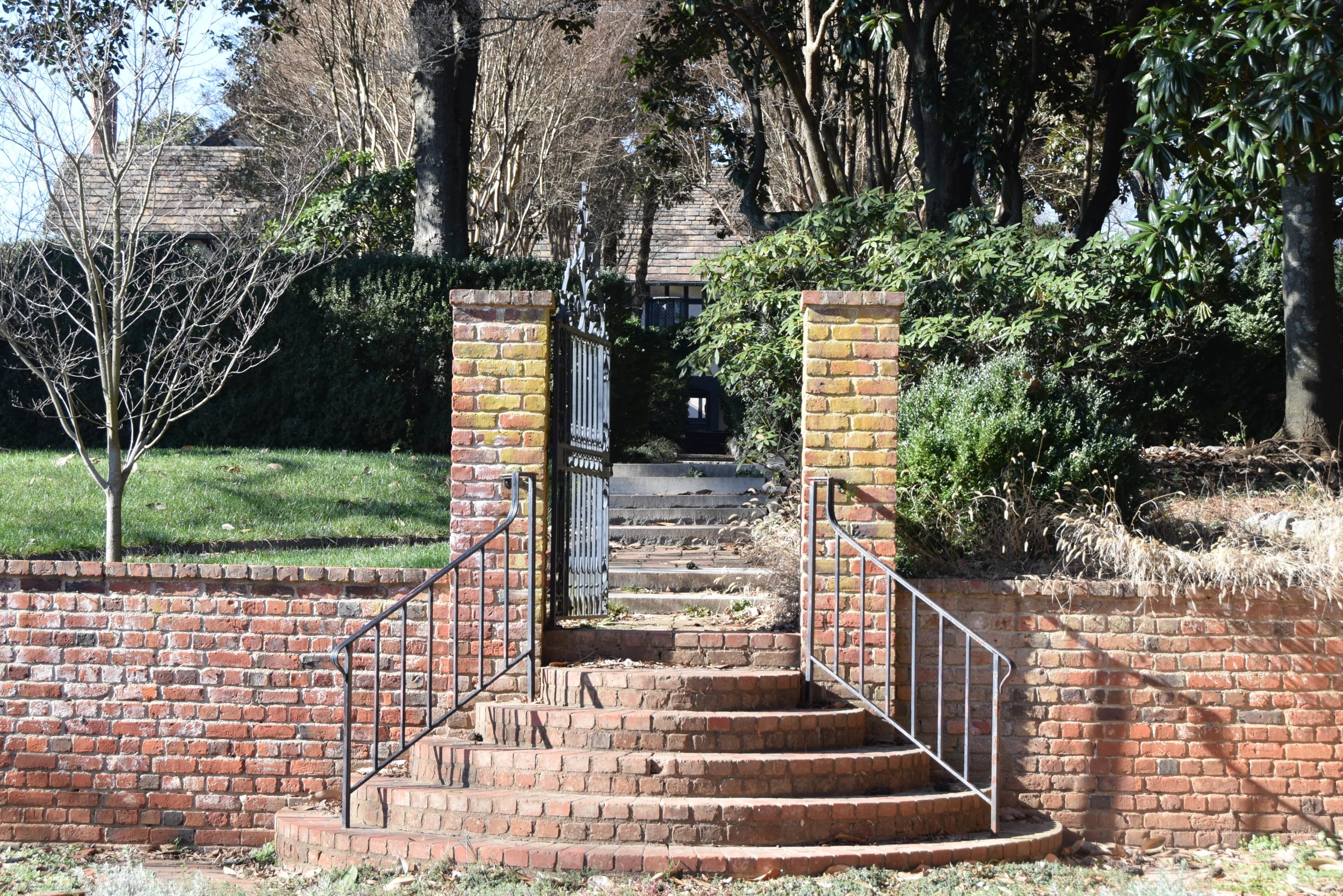
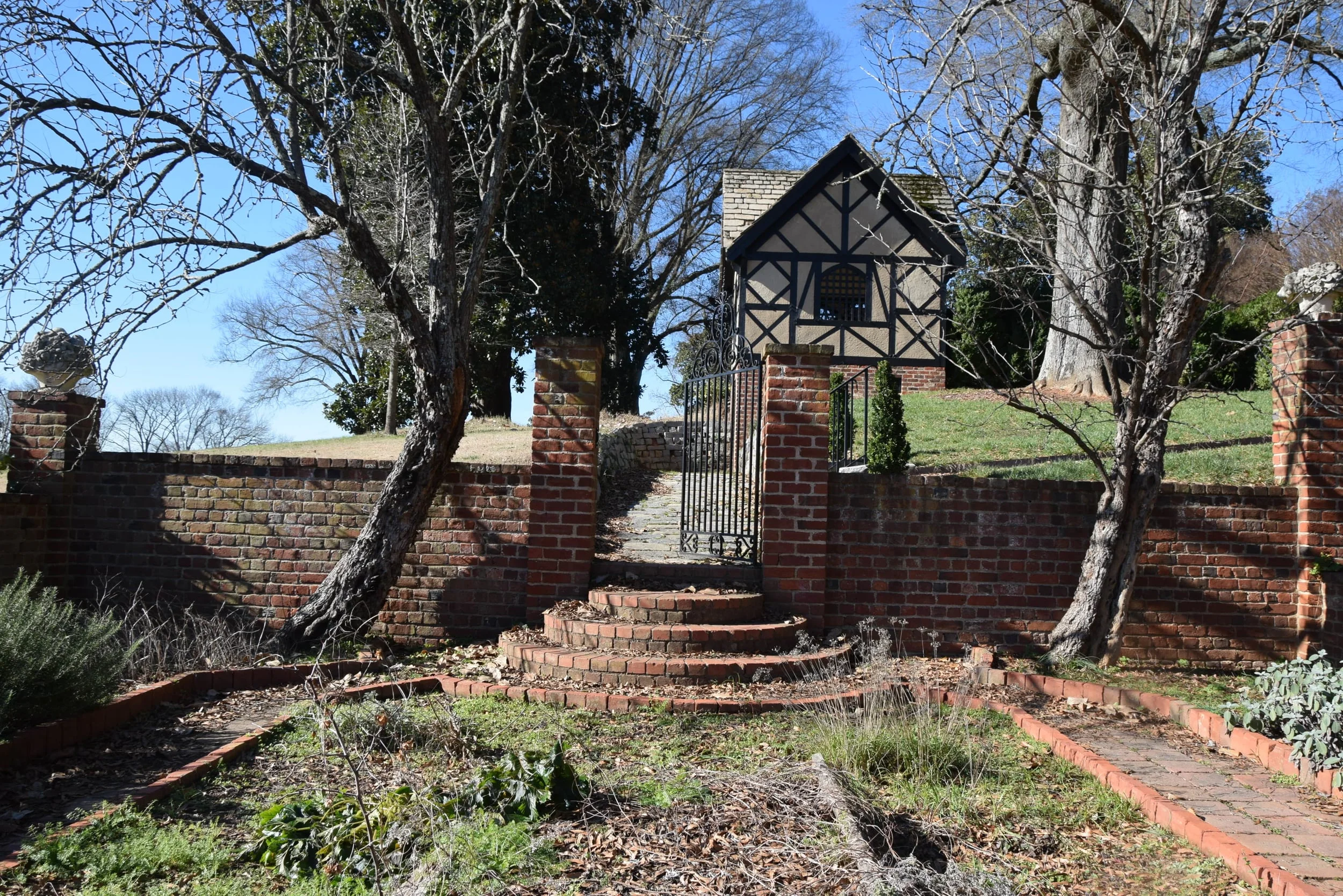
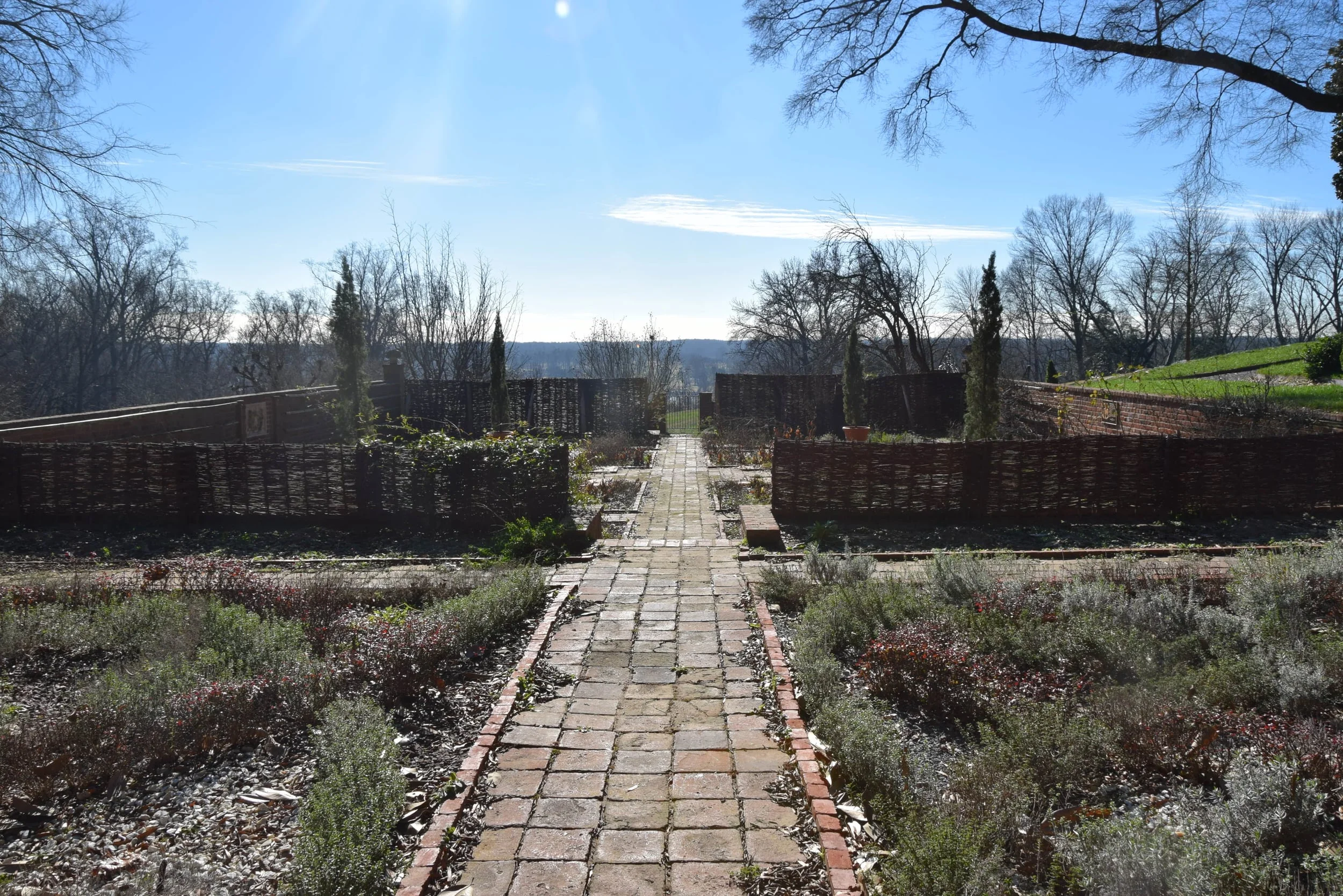

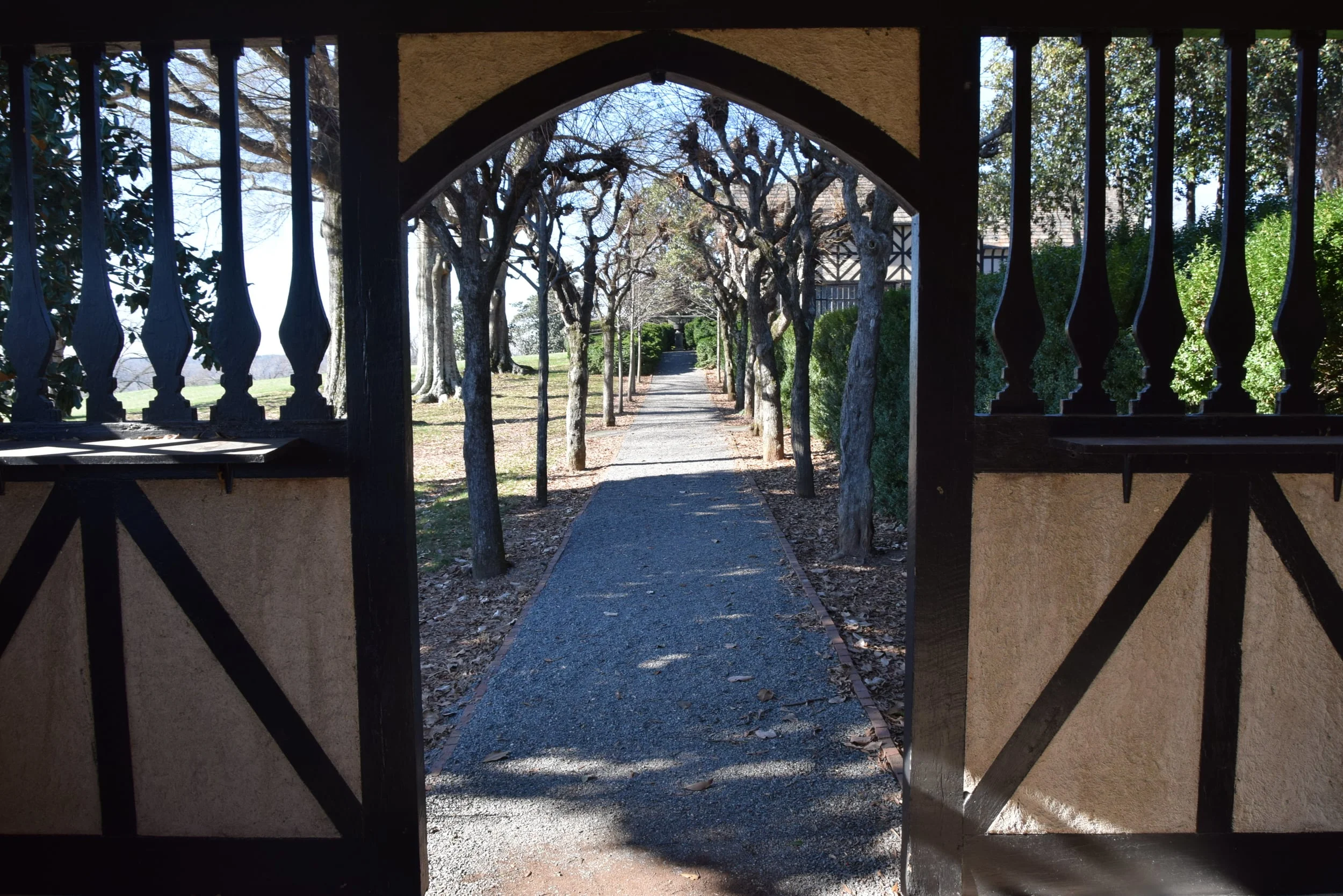
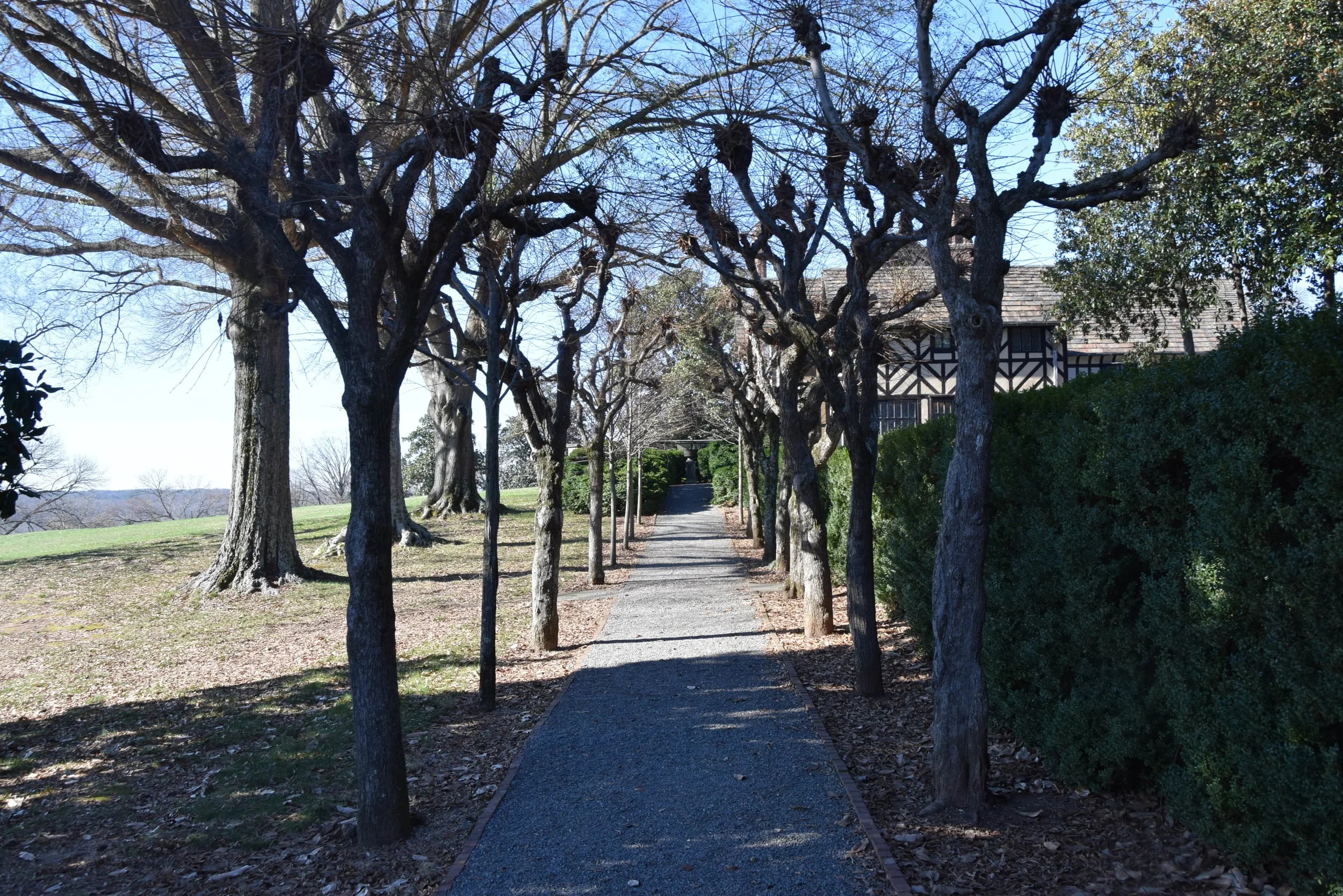
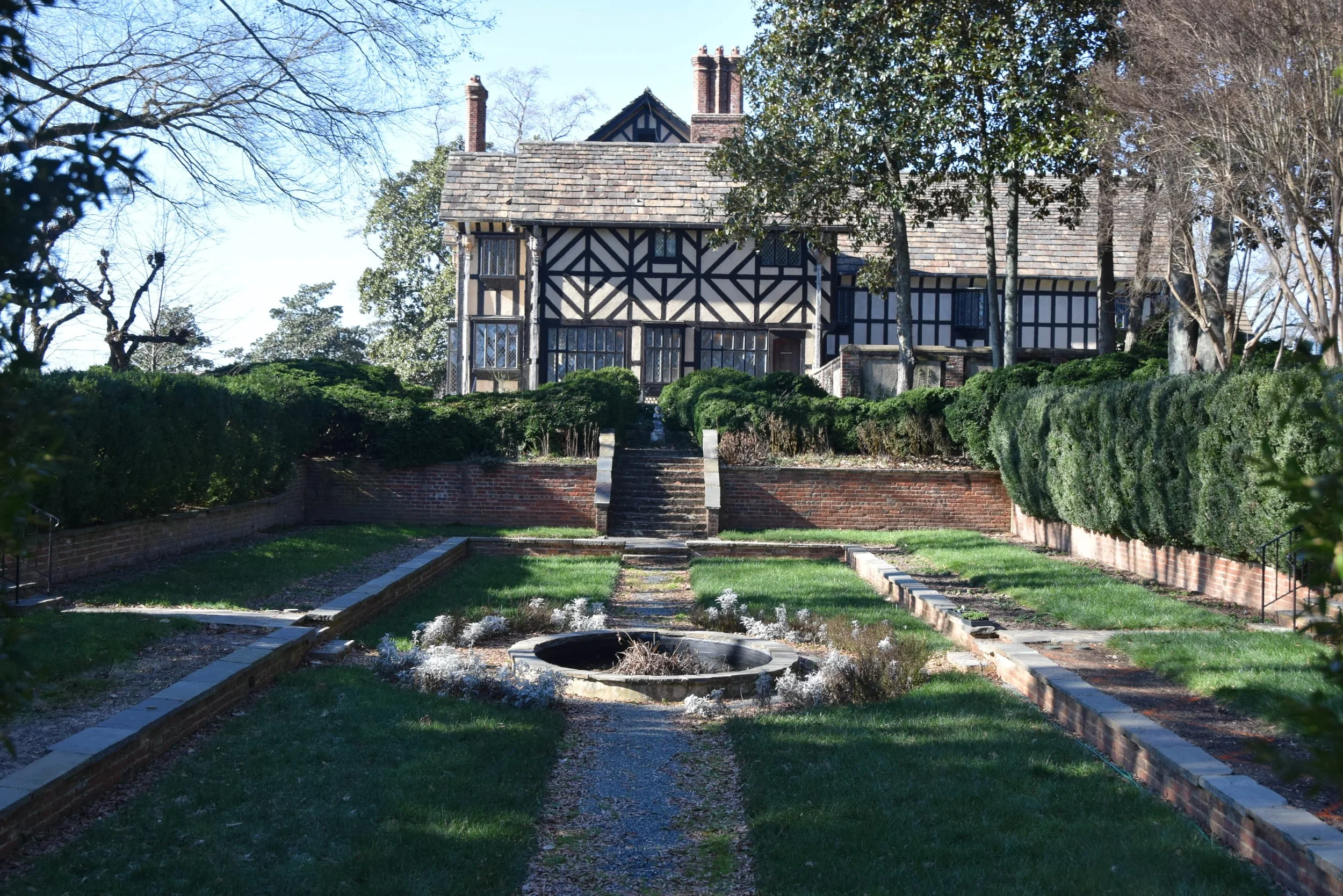
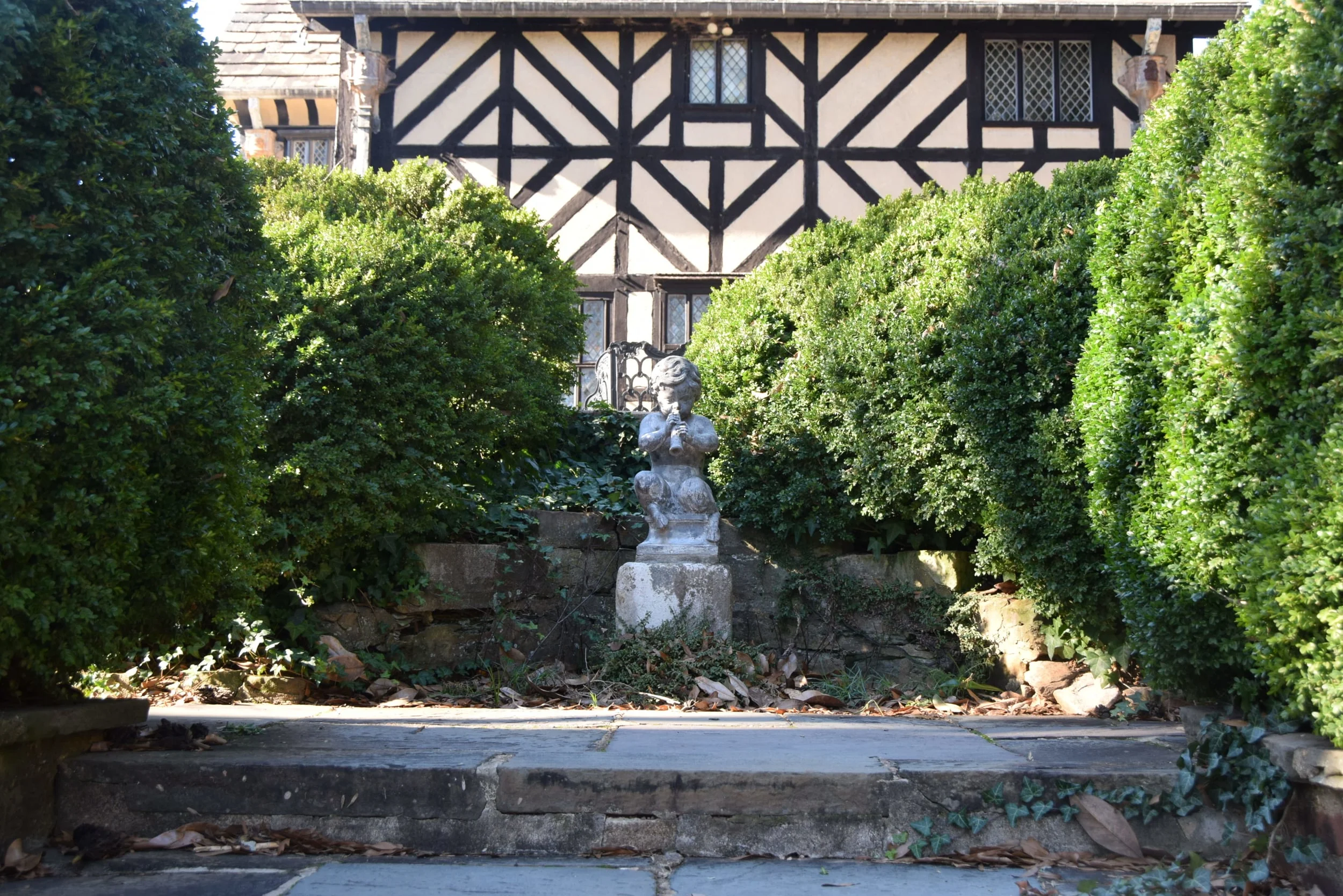
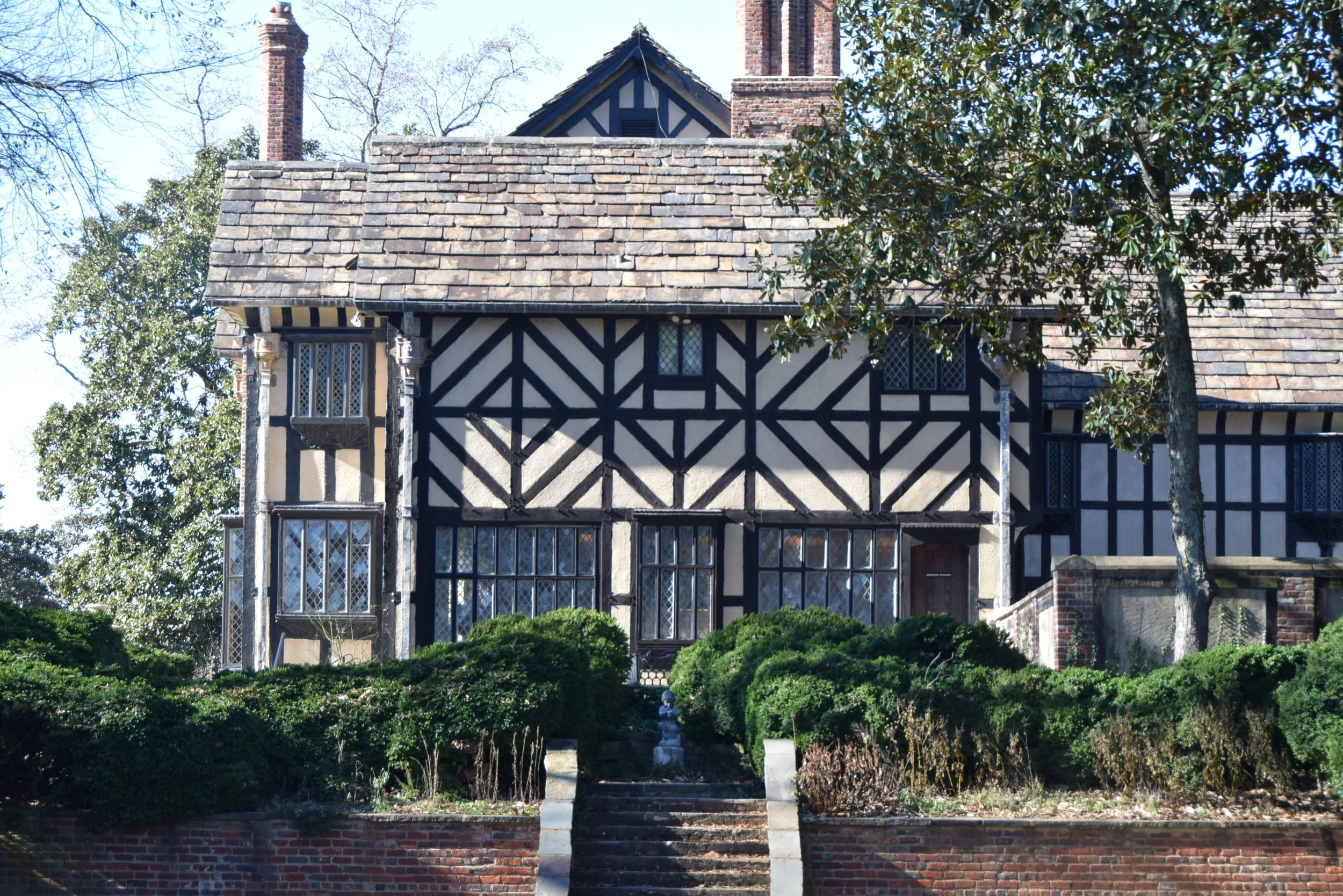
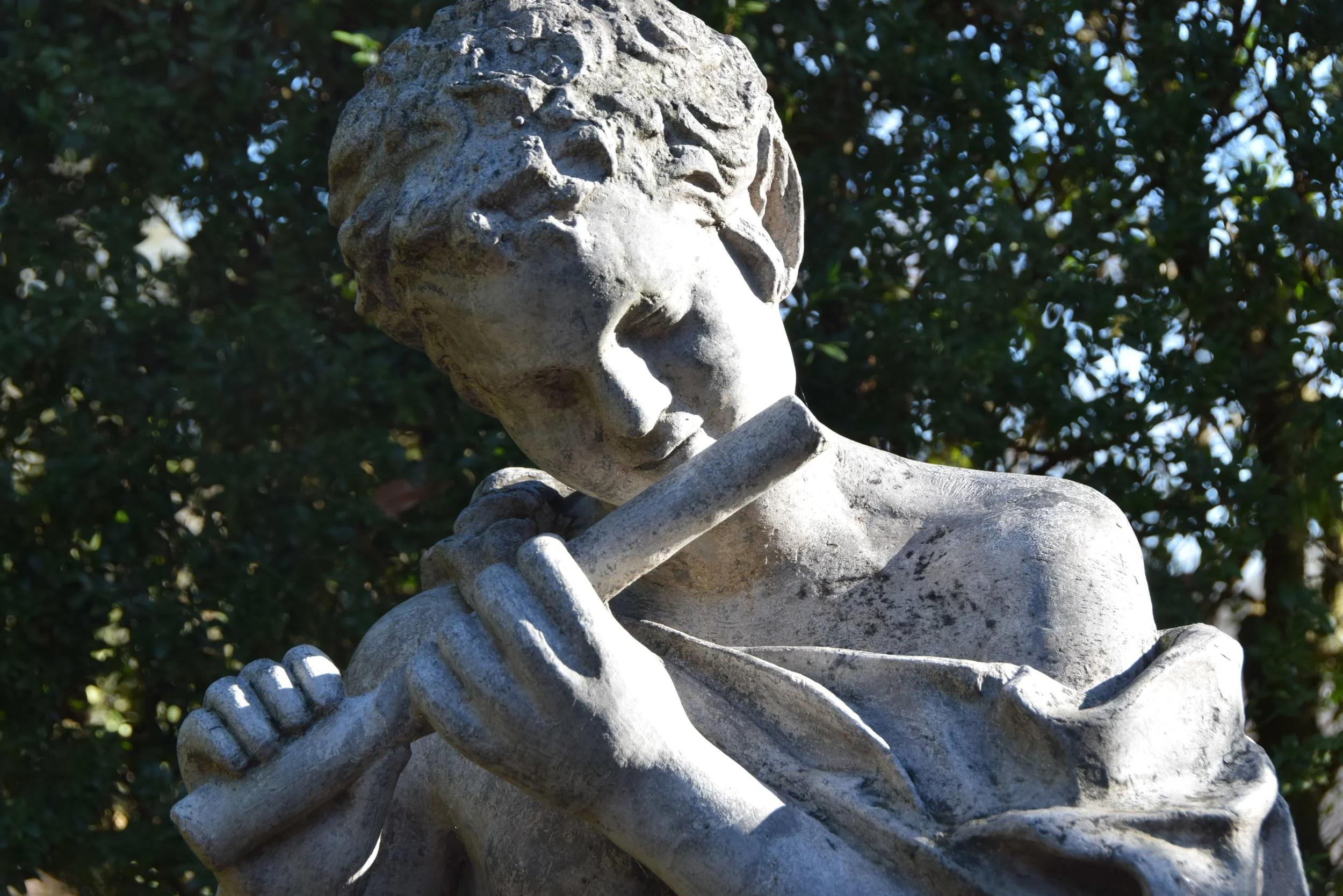
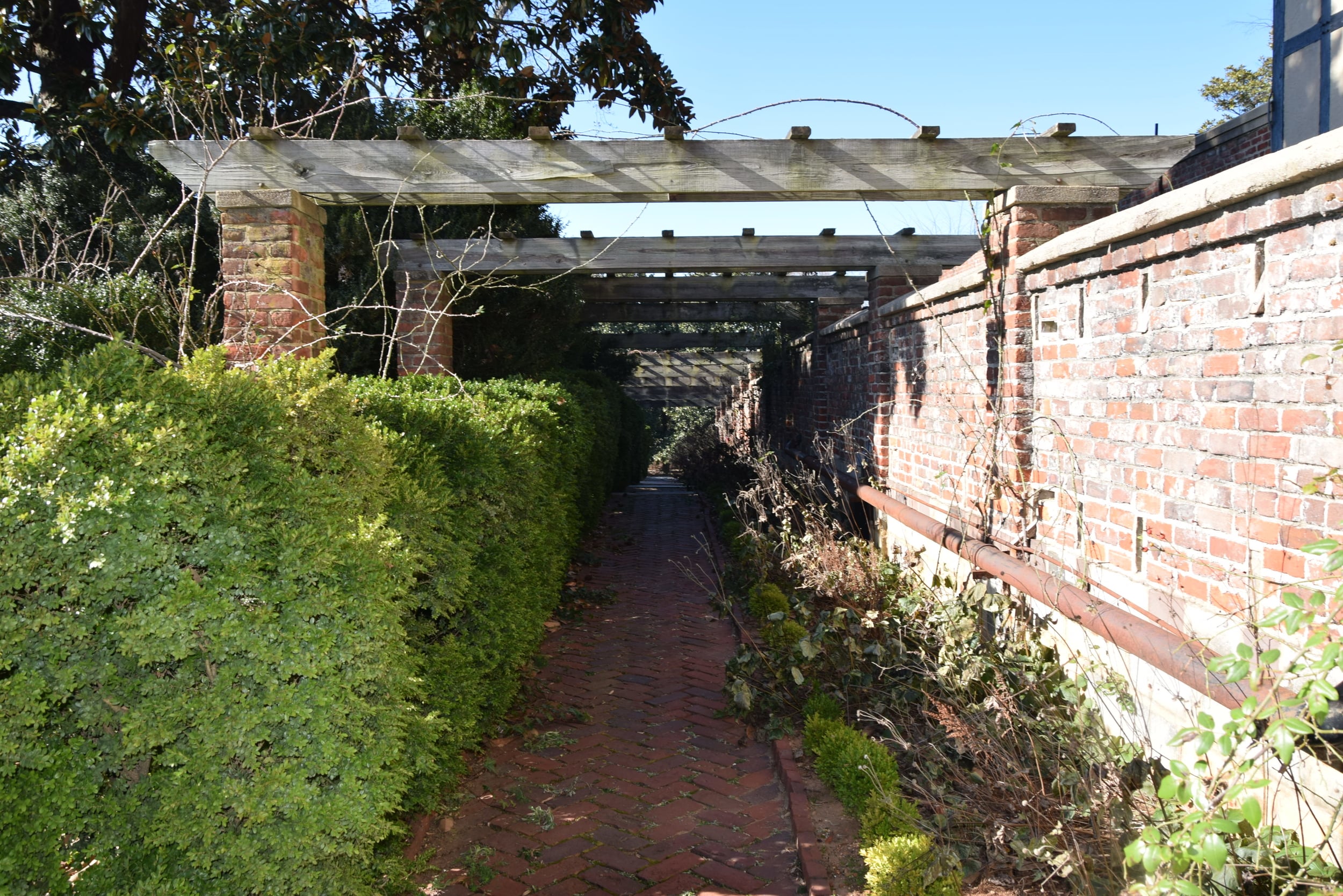
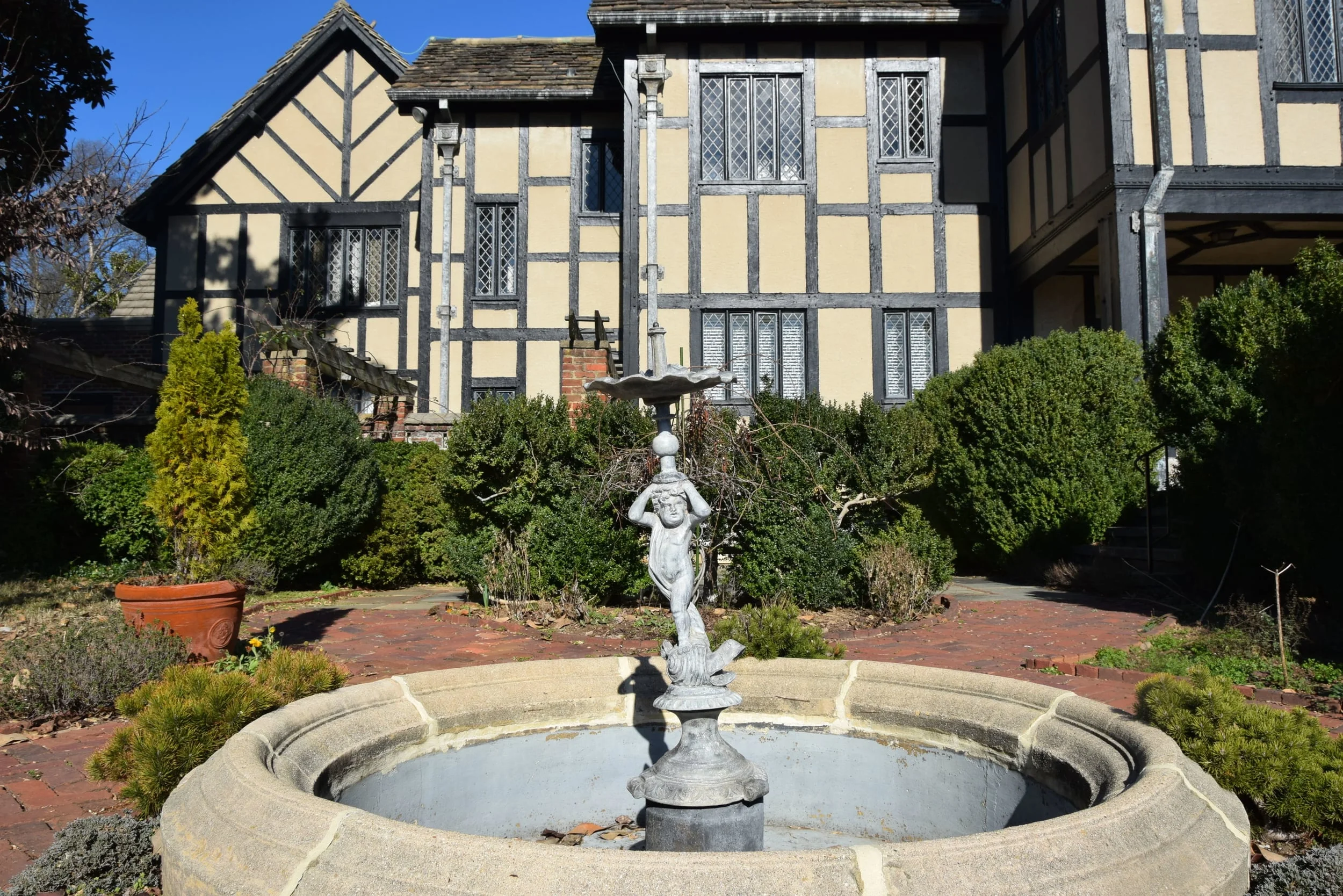
The new estate is on the James River and the view is beautiful.
The house is lovely enough. The exterior reminds me of the Louis Vuitton monogram bags.
But it was the Old Word stories of how the inhabitants that lived there in the 1600s that really floored me.
Here are the top six WTF moments about life in 17th century England.
1. It was customary to have a dead cat visible in the wall
The first place the docent takes me in the house is down a hallway displaying the family’s armor. He asks me if I notice anything else, you know, other than the intricately constructed metal clothes. I look around, nothing particularly stands out. He says, “look there” and points to the bottom of a stone wall with an opening in it. I see the remains of a dead cat.
Me: WTF?
He explains that every rich family kept one. People didn’t no much about modern medicine and were pretty clueless as to how disease spread and specifically, why so many babies kept dying so young. They believed fairies came and snatched the babies breath as they slept. The dead cat was supposed to ward off fairies.
It’s not soooo crazy if you think about it. Think about the people you may know who burn sage in different rooms to ward off evil spirits. But ok, yes. A dead animal is way more morbid than sage. You got me.
2. Privacy is a modern concept
Agecroft parlor, courtesy of shakespearetheage.blogspot.com
So. Look at the pictures of the house, now imagine is three times as big when it was in England. It’s huge. And it needed to be. The home housed around 40 family members, plus servants. But there weren’t 40 bedrooms or even beds.
Picture what would call a Queen sized bed (see above). Even among the wealthy, around six people would sleep in the bed, partially for warmth as England was going through a mini-Ice Age. Also, people believed that sleeping while sitting up was better for their respiratory system.
That’s where the wealthy slept. The servants? On the floor, maybe on a palette, maybe just the actual floor. The ballroom where the family would throw lavish (liquor-free for religious reasons) parties, doubled as the servants quarters when there was no event. If you were a very prized servant, you slept on a pull out “mattress” that extended from under your master/mistresses bed. All the better for you to access her—or any of the other five people in the bed – if they needed help at night—ie, the chamber pot.
If the room wasn’t crowded, the servants bed—which would be shared by two people-- remained extended. If the room was crowded with people sleeping everywhere, the servants’ bed was pushed under the main bed. Someone had to come pull you out, otherwise you were stuck.
3. Teenagers didn’t exist
The idea of an in between phase between childhood and adulthood is a marketing concept established in the 20th century. In 17th century England, you were considered a child until you were 6, then you were considered an adult.
Why 6? There was a mini Ice Age for awhile, medicine/sanitary conditions weren’t the best and the very close-quarters people lived in made diseases easier to spread. The vulnerable immune systems of children didn’t do so well in this environment and many died very young. Children under 6 pretty much stayed with the nanny until they reached the age of maturity and parents didn’t get too attached. Then at six, children became full members of the house.
4. Looking in the mirror was a punishable offense
The vanity of mirrors were frowned upon for religious reasons, but if you were wealthy enough to afford a mirror, you got a pass. Wealthy people could pretty much do what they wanted. The only offense they were likely to be punished for was treason. Servants, however, could be punished for everything. Looking in the mirror—displaying vanity – was an offense that could get you fired. Many people went their entire lives without knowing what they looked like.
Speaking of punishment, it was frowned upon severely for a wealthy person to commission a painting that didn’t display their wealthor to go in public without the “markers” of wealth. Class was as big a marker as race is now. It was considered fraud to pretend to be above or below “your station”.
5. There were no (or very few) closets
The government taxes you paid on your house were based on the number of rooms you had. Closets counted as rooms, so people used giant chests or armoires to store their belongings, a way to avoid paying extra taxes. The government also based house taxes on the number of panes in your window display. People would actually do very elaborate window and pay the tax gladly as the windows were an obvious display of wealth for visitors.
6. People “applauded” the wrong things
If you were a top ranking member of the house, and you got up to do your business in the chamber pot at night, and “your business” included loud noises, if servants were awake—or awakened—they would clap.
Also, if you were having sex with your spouse that was the only time you get privacy._ sort of. You’d be the only two in the bed, and you’d pull the curtains around the bed so people wouldn’t see you. But if they heard you, applause and cheers of encouragement and well wishes.
